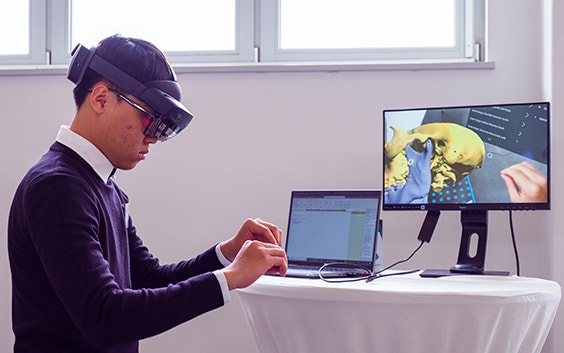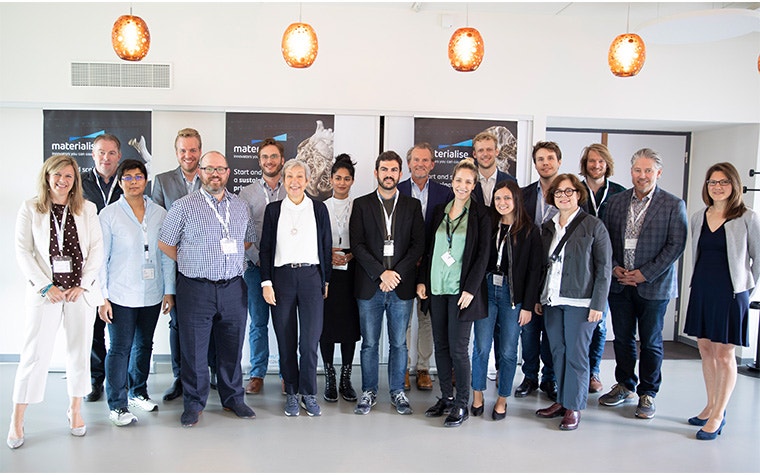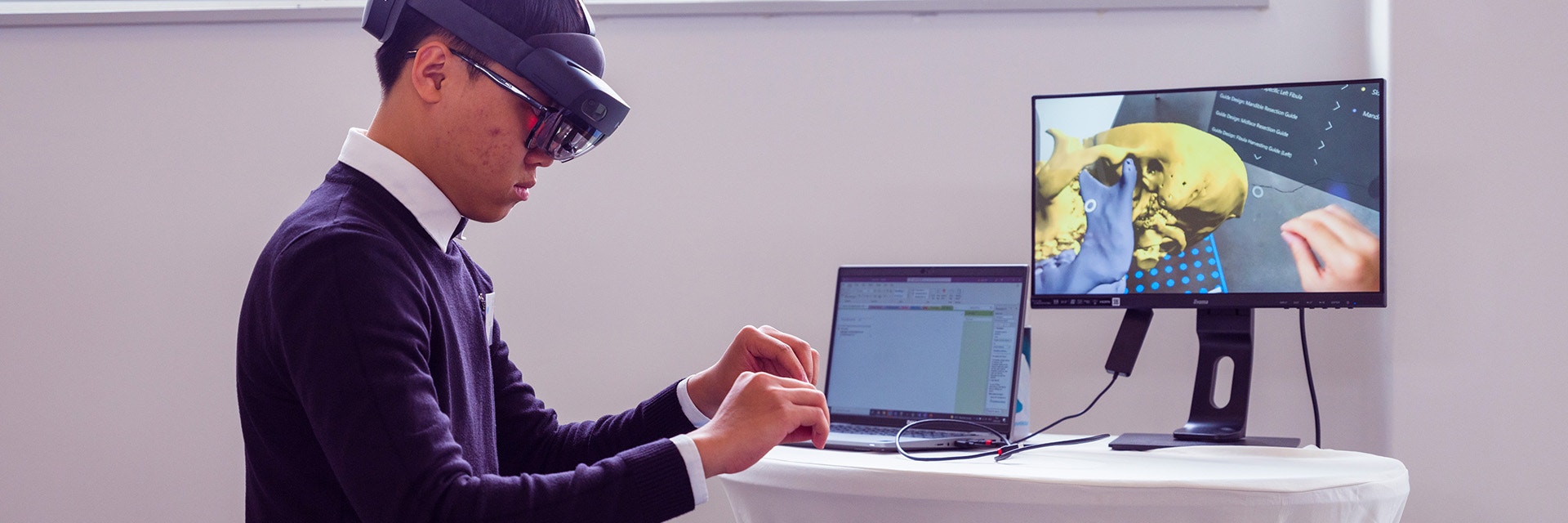TRENDS
5 Point-of-Care 3D Printing Trends in 2023

2022 was a year full of new realities as societies worldwide began easing the restrictions and measures taken over the last couple of years due to COVID-19. As the world opened up, we took off our masks, returned to our offices (with many companies now employing hybrid-working policies), and began traveling again. We also had the opportunity to meet face-to-face with fellow collaborators and attend inspiring conferences.
So, as we get acquainted with 2023, we want you to join us as we highlight the five trends that will impact 3D printing at the point of care this year.
1. Value-based healthcare
An ongoing effect of COVID-19 is how the virus has heaped pressure on hospital budgets and highlighted the lack of human resources available, putting a strain on value-based healthcare models.
In the past, there was a strong focus on quantity. Today, hospitals focus more on cost reduction and increasing the quality of care for patients. Value-based healthcare aims to improve the value given to every patient in ways such as providing better patient experiences and outcomes at the lowest possible price while considering both direct and indirect costs.


Point-of-care 3D printing has been proven to offer better patient outcomes, thus improving patient care. Moreover, 3D-printed anatomical models allow clinicians to better understand their treatments, enhancing the patient’s experience. Now, clinicians can clearly explain a patient's case in an easy, visual way, potentially relieving any anxiety and improving the patient's well-being. Along with these advantages, costs are dramatically reduced by point-of-care 3D printing. Many studies have shown that there are several economic benefits linked to in-house 3D printing labs, such as reductions in OR times, readmissions, and patient complications.
As a result, 3D printing has the potential to become essential in the value-based healthcare revolution.
2. Surgical guides
While anatomical models are the most common application at point-of-care 3D labs, designing and printing surgical guides are gaining popularity.
Driven mainly by European hospitals, it’s becoming more frequent to see hospitals create their own guides for orthopaedic and CMF applications. There are numerous benefits to designing and printing surgical guides at the point of care, such as shorter lead times, more flexibility, and the ability to innovate with others.
Dr. Frederik Verstreken, Hand Surgeon at AZ Monica Hospital, recently discussed his experience with leveraging point-of-care 3D printing in his hospital in this SLS Printing at the Point of Care webinar.
He contacted us to collaborate with him on one particular case where a patient had a malunited forearm. We supported him with 3D planning, surgical guide design, and 3D printing of the guide. "The outcome was fantastic," according to Dr. Verstreken.
From there, he continued partnering with us, and over time, AZ Monica slowly began integrating 3D technology into their facilities. Now, the point-of-care lab at AZ Monica is in regular use. The team completes around four to five cases using 3D technology per week, one or two of which include 3D printing.
3. Quality management systems and case management
With the Medical Device Regulation (MDR) fully applicable and the FDA consulting stakeholders to finetune their legislation regarding 3D printing at the point of care — quality and patient safety will continue as a hot topic throughout 2023.
As regulatory bodies become more stringent with their guidelines and regulations, quality becomes critical in all these new regulatory frameworks. An essential aspect of a quality management system (QMS) is case management (CSM); it ensures the traceability of all procedures that impact patients.


We’re continuing our commitment, keeping quality at the forefront of everything we do. Besides providing the highest quality standards in all our products, we also offer QMS training. This training aims to help healthcare organizations create their own QMS, based on our 30+ years of experience manufacturing medical devices.
4. Advanced visualization: mixed reality
Mixed reality continues to grow in popularity, but we expect 2023 to be the year of augmented reality (AR) in medicine. With new applications becoming accessible — like the AR feature in Mimics Viewer Professional — more hospitals will be able to leverage AR’s potential and elevate personalized healthcare to the next level.
5. Expanding the 3D printing at the point of care community
The 3D printing at the point of care community has become bigger and stronger. The special interest group (SIG) at the RSNA paved the way. Now, Europe also has its own 3D printing in hospitals SIG.
These communities play a critical role in the advancement and awareness of 3D printing at the point of care. SIGs provide a network for like-minded professionals to interact with and enable countless opportunities for members to collaborate and learn from each other. These groups also strive to make reimbursement pathways, quality standards, and ongoing education the norm.


The next major event for the community is our 3D Printing in Hospitals Forum in Leuven, Belgium. We look forward to seeing you on June 1 – 2, 2023! Until then, we’re excited to see how 3D printing will shape personalized care in 2023. And at Materialise, we’ll continue enhancing our technologies to support point-of-care 3D printing to push innovation, lower overall costs incurred by hospitals, and help aid better patient outcomes.
L-103188-01
Share on:
You might also like
Never miss a story like this. Get curated content delivered straight to your inbox.
